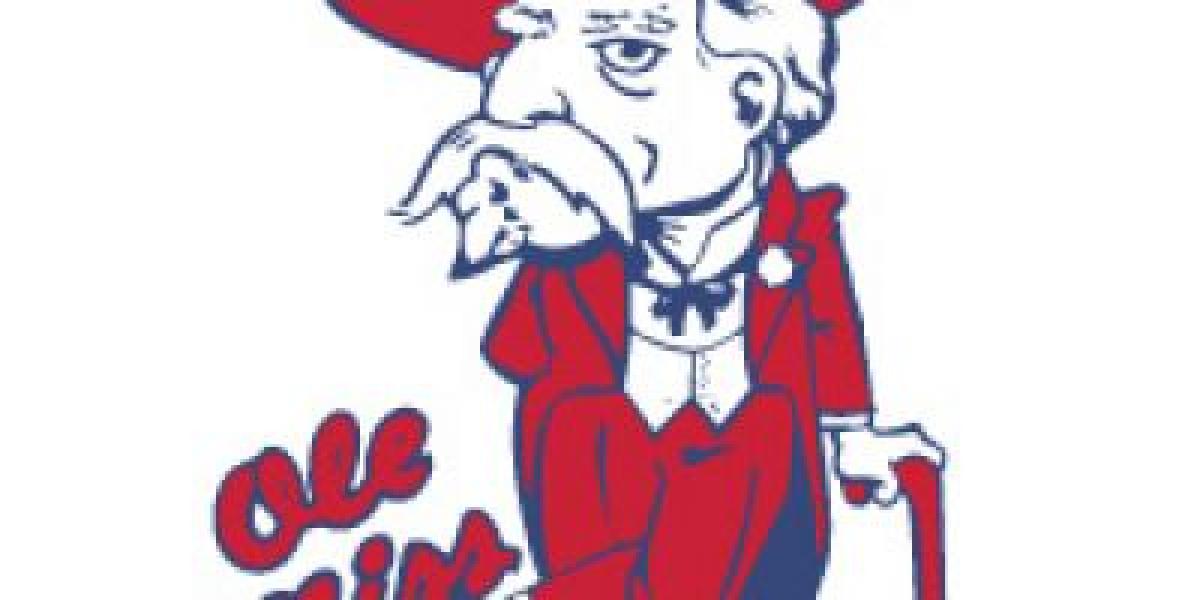The origin of "Rebels" as the official athletic nickname is a straightforward story. In 1936, a student newspaper contest solicited suggestions, with "Rebels" emerging victorious. This moniker likely paid homage to the university's earlier athletic teams, known as the "University Greys," a reference to the Confederate soldiers' uniforms.
However, the mascot story took a more contentious turn with the introduction of Colonel Reb. The image, featuring a white-goateed, cane-wielding plantation owner, first appeared in the 1930s. While some saw Colonel Reb as a symbol of Southern pride, critics condemned the racist connotations associated with the imagery. This debate intensified over time, culminating in the mascot's official retirement in 2010. In its place a black bear named "Rebel" is the current mascot on the sidelines.
Following Colonel Reb's departure, Ole Miss entered a period of mascot flux. A black bear was unofficially adopted but never officially embraced by the fanbase. In 2017, a student vote favored the "Landshark," a satirical reference from a Saturday Night Live skit. However, this option lacked widespread support and failed to gain traction.
Today, Ole Miss remains without an official mascot. The "Ole Miss Rebels" nickname persists, a testament to its historical roots. Yet, the ongoing search continues. The ideal mascot should embody the university spirit – resilience, determination, and excellence – while remaining free from divisive connotations.
The Ole Miss mascot saga highlights the ever-evolving nature of collegiate mascots. They are more than just costumed figures; they serve as powerful symbols that resonate with fans and represent the university's identity. As Ole Miss continues its quest for a new mascot, it grapples with its past, aiming to strike a balance between tradition and inclusivity.




